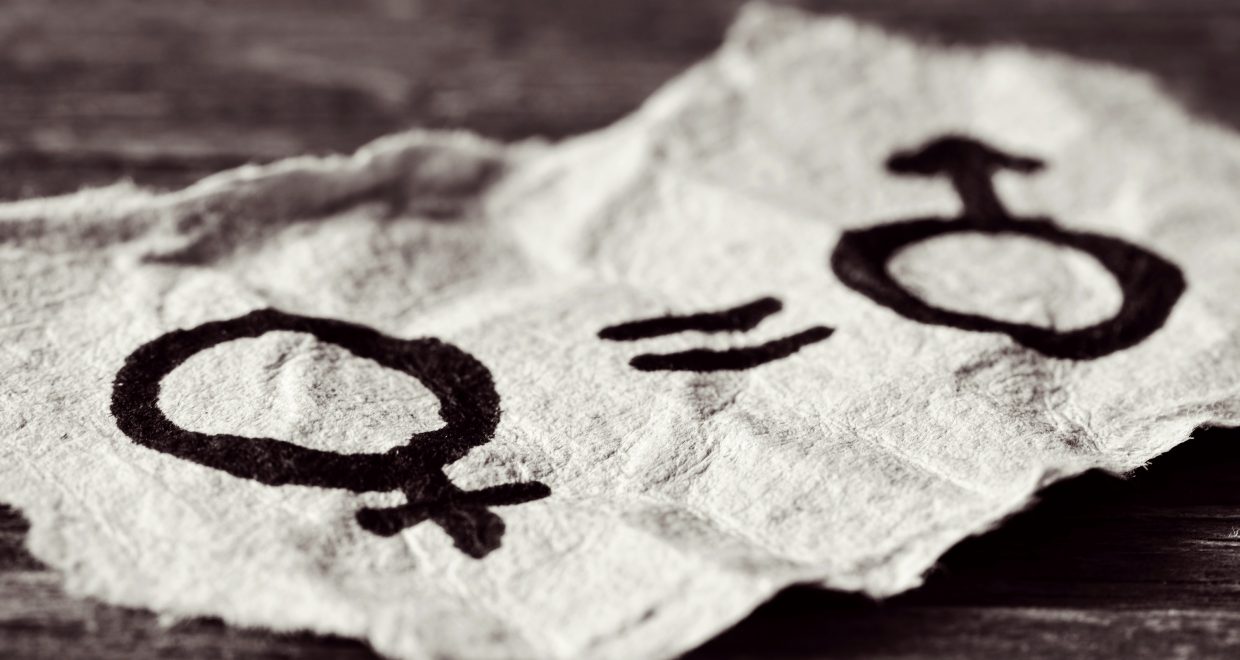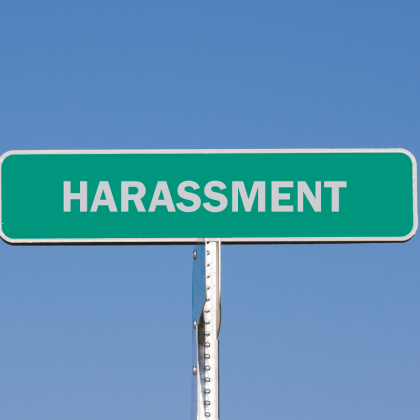The Context and Consequences of Sexual Harassment in Southeastern Archaeology
Imagine you are a new field tech, right out of college. You decided to major in anthropology, specifically archaeology, against your parent’s wishes. But you really liked the field. You took a field school and loved learning how to excavate. It was precise, scientific, and fun. By the time you graduated you had given a paper at a small regional conference. You’d also found out that 4 out of 5 archaeologists (Neumann and Sanford 2001:2)) are employed by cultural resource management. In CRM you could get paid a decent wage, including, in some cases, benefits.
You applied, they hired you, and now, here you were, ending your first month. It had been startling to realize how much faster you had to work but you were getting the hang of the fast pace, the relentless shovel testing, the lack of artifacts. It was still science and it was still fun. Until the day you were paired with another guy on the crew who was more experienced, and sent into the woods. He assumed you couldn’t use a compass, so he had you pace out the shovel tests while carrying the equipment. He also had you digging most of the shovel tests “for experience.” And then he made derogatory comments about women. And then he squeezed your breast. You can’t tell the PI—he’s best friends with this guy. The company is small, and there is no HR department. This was a cost to the field you didn’t expect to pay.
Far-fetched? Actually, based on survey data, this is common for women in the field. The Southeastern Archaeological Conference (SEAC) Sexual Harassment survey, (Meyers et al. 2018; Meyers et al. 2015) shows that 66% of women in Southeastern archaeology are harassed and 13% are assaulted. They are much more likely to be women, to be students and field techs, i.e. people without power. Very few companies have reporting mechanisms and the few women that do report told the survey what happened: the harasser was a repeat offender who was moved to another job; the woman was moved to inside (lab) work because she was told she couldn’t hack field work; or, in at least one case, the woman was fired. Survey data shows that women, after enduring harassment and assault for 6-10 years are very likely to leave the field.
What do we do? First, recognize this is a safety issue. Women are not safe in the field. Neither are our LGBTQ colleagues (Vanderwarker et al. 2018; Radde 2018). We must institute policies to address safety and simultaneously we must increase education efforts about these issues. Second, the field is suffering as a result of this abuse. Women are leaving the field at the time they should be making great contributions to it. What have we lost when these women left? What methodological advances, what analyses, what interpretations of the past, does the field lose when women leave? We need to make archaeology safe for all. When that happens we also make archaeology a stronger field.
Read the article The Context and Consequences of Sexual Harassment in Southeastern Archaeology (featured in Cambridge journal Advances in Archaeological Practice) free of charge for a limited time.
References cited:
Meyers, Maureen S., Elizabeth T. Horton, Edmond A. Boudreaux, Stephen B. Carmody, Alice P. Wright and Victoria G. Dekle
2018 The Context and Consequences of Sexual Harassment in Southeastern Archaeology. Advances in Archaeological Practice 6(4): 275-287.
Meyers, Maureen S., Tony Boudreaux, Stephen Carmody, Victoria Dekle, Elizabeth Horton and Alice Wright
2015 Preliminary Results of the SEAC Sexual Harassment Survey. Horizon and Tradition: The Newsletter of the Southeastern Archaeological Conference 57(1):19-35.
Neumann, Thomas W. and Robert M. Sanford
2001 Practicing Archaeology: An Introduction to Cultural Resources Archaeology. Alta Mira Press, Walnut Creek, California.
Radde, Hugh D.
2018 Sexual Harassment Among California Archaeologists: Results of the Gender Equity and Sexual Harassment Survey. California Archaeology 10(2): 231-255.
Vanderwarker, Amber, Katlin M. Brown, Toni Gonzalez and Hugh Radde
2018 The UCSB Gender Equity Project: Taking Stock of Mentorship, Equity, and Harassment in California Archaeology Through Qualitative Survey Data. California Archaeology 10(2): 131-158.





